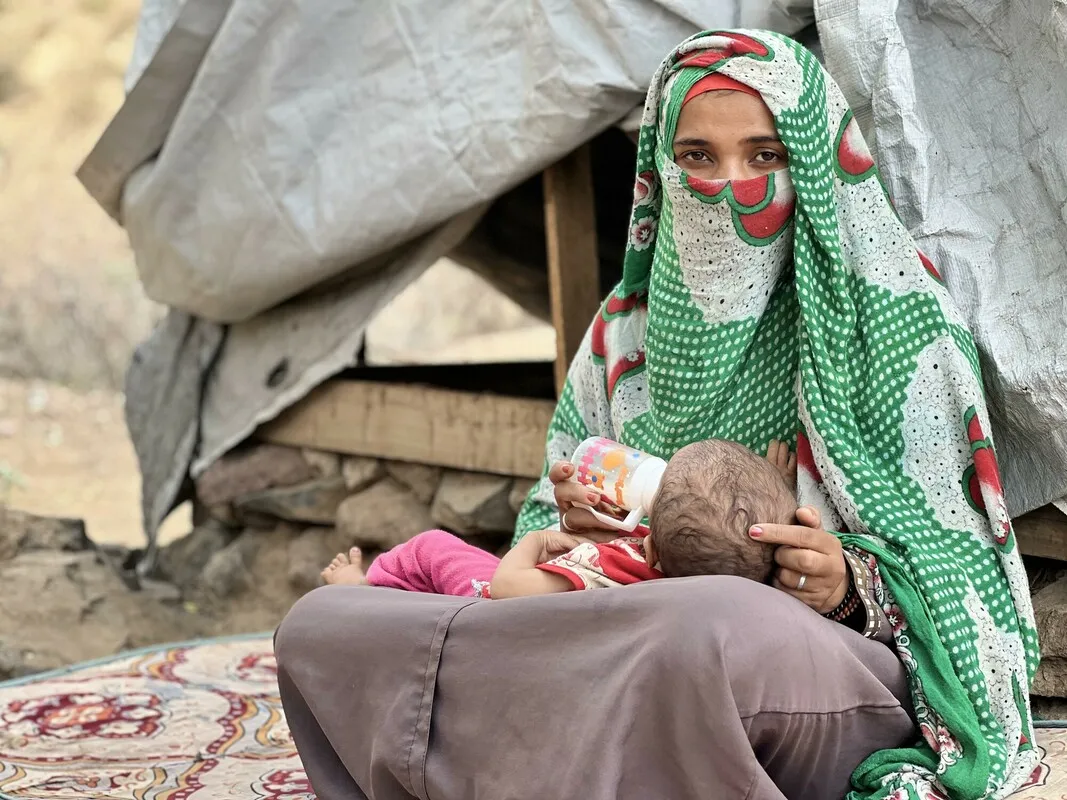At the same time, crises and humanitarian needs have grown significantly over the past 10 years.
We traditionally differentiate between development for stable areas and humanitarian response for crisis zones. However, as of 2025, few countries or regions globally are truly stable. Poverty and hunger overlap in fragile contexts. By 2030, it’s likely that over 80% of the world’s population experiencing poverty will live in these unstable areas.
Wars, conflict, natural disasters, and the impacts of environmental shifts are now commonplace globally. In this new world, long-term efforts to reduce chronic hunger and malnutrition play an increasingly vital role.

